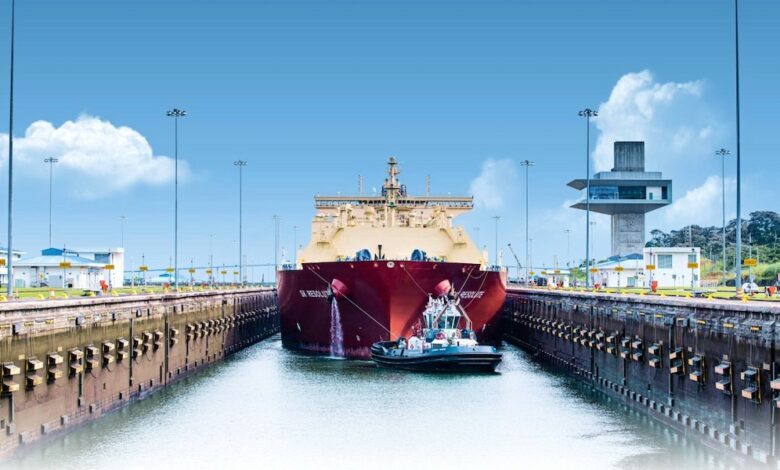‘Extreme’ measures under consideration at drought-hit Panama Canal

New draft restrictions from the drought-stricken Panama Canal will mean that from next month the waterway will have slashed its draft by more than 2 m, with authorities warning daily transits may have to be cut by up to 25% in order to save water.
Panama has been suffering one of the worst dry spells in its history this year, with repeated announcements of draft restrictions on the canal, something likely to worsen with the onset of El Niño, a weather pattern that tends to bring dry weather to Central America.
As of yesterday, ships transiting the newer neopanamax locks must have a maximum draft of 13.41 m, going down to 13.26 m next week and to just 13.11 m on July 19, a significant drop from the maximum draft of 15.24 m. By July 19, the old panamax locks will be able to welcome ships with drafts of just 11.73 m.
Further restrictions are possible with meteorologists warning water depths in Lake Gatun, which is in the centre of the canal, could hit historic lows by July.
It requires 200m litres of water to allow the passage of a single vessel along the canal, water that is largely generated from Lake Gatun, which is drying up fast.
The Panama Canal Authority said it “will continue to monitor the level of Gatun Lake and will announce future draft adjustments in a timely manner.”
The canal’s administrator, Ricaurte Vasquez, said he had not ruled out taking the “extreme measure” of limiting daily transits on the waterway from today’s 36 vessels to 28 vessels.
Dry weather is hampering navigation in many other important waterways this year. Ships are unable to travel fully loaded on the Rhine in Germany, for instance, a river that was hit by severe draft restrictions last summer.
